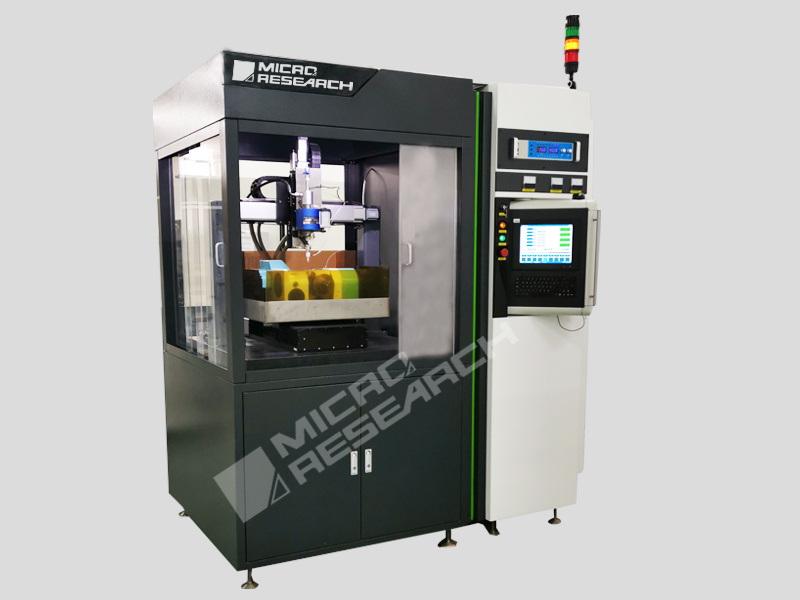The main factors affecting the machining accuracy of high-precision electrical discharge machining (EDM)
Release time:
2021-07-12
The main factors affecting the machining accuracy of high-precision electrical discharge machining (EDM) are as follows: 1. The impact of discharge gap on machining accuracy: A quantitative understanding of the size of the discharge gap in high-precision EDM is fundamental to determining the machining plan. This includes the design of the tool electrode shape and size, the design of the machining process steps, the selection and switching of machining standards, and the design of corresponding process measures, among others.

Main factors affecting the machining accuracy of high-precision electrical discharge machines:
1. The impact of discharge gap on machining accuracy: A quantitative understanding of the size of the discharge gap for high-precision electrical discharge machining is the basis for determining the machining plan. This includes the design of the tool electrode shape and size, the design of the machining process steps, the selection and switching of machining standards, and the design of corresponding process measures, etc.
2. The impact of machining slope: In high-precision electrical discharge machining, the machining slope of the side wall is unavoidable. For some molds that require a certain slope, such as the demolding slope of forming molds and the drop slope of punching molds, the natural slope during the high-precision electrical discharge machining process is beneficial. However, in the machining of precision straight wall molds, the machining slope poses difficulties in ensuring machining accuracy.
3. The impact of corner rounding: In forming machining, the wear rate at the sharp edges and corners of the tool electrode is generally quite fast. Therefore, it is difficult to achieve clear edges and corners during machining, which affects the contouring accuracy of high-precision electrical discharge machining. The rounding of corners is due to wear, as well as process-related reasons. For example, in cavity machining, "manual" or "oscillating" machining processes are generally used. In many cases, especially with domestically produced linear heads, a circular trajectory motion is adopted. While refining the cavity machining, the side effect of corner rounding is also produced. Therefore, for workpieces that require high clarity of edges and corners, one can only increase the penetration depth of the tool electrode (for cold punching molds), or online adjust the electrode, or replace the electrode. The oscillating or rocking motion, due to various oscillation trajectories such as diagonal crosses and rice characters, helps to solve the wear angle of corners.
4. Other factors: There are also some other factors, such as: tool electrode wear. Long mirror machining time leads to significant electrode wear; severe contamination of working fluid; the ratio of oil discharge to suction slope is also large (sediment rising); the precision of the forming machining device; the clamping and alignment precision of the tool electrode can also cause slope effects. Even different electrode shapes, uneven channel pressure in high-precision electrical discharge machines, poor mechanical rigidity, etc., can also affect the slope; unstable servo, frequent lifting of the tool electrode, increased secondary discharges, etc., will increase the machining slope, thereby affecting the discharge gap and consequently the machining accuracy.
Related News





